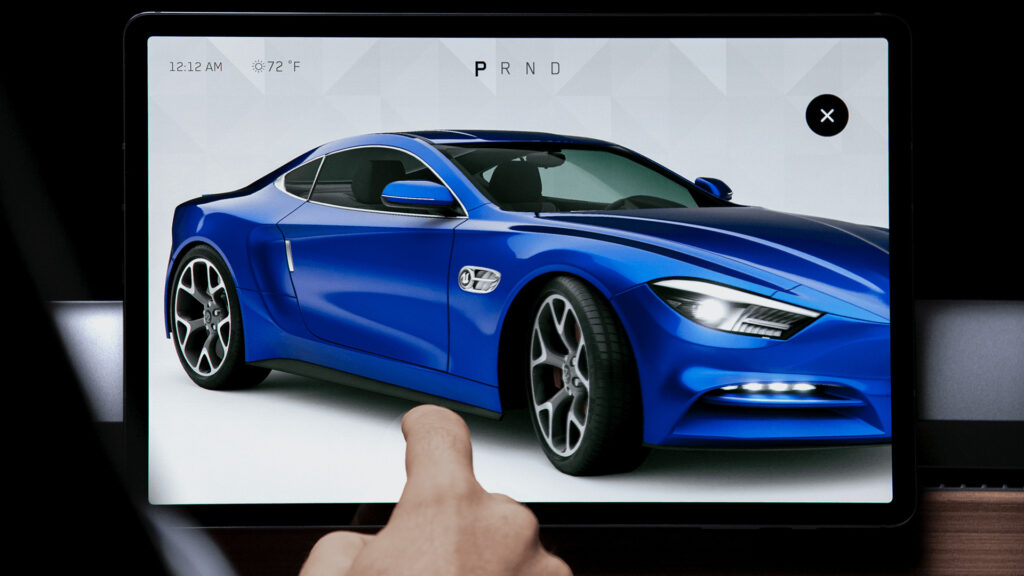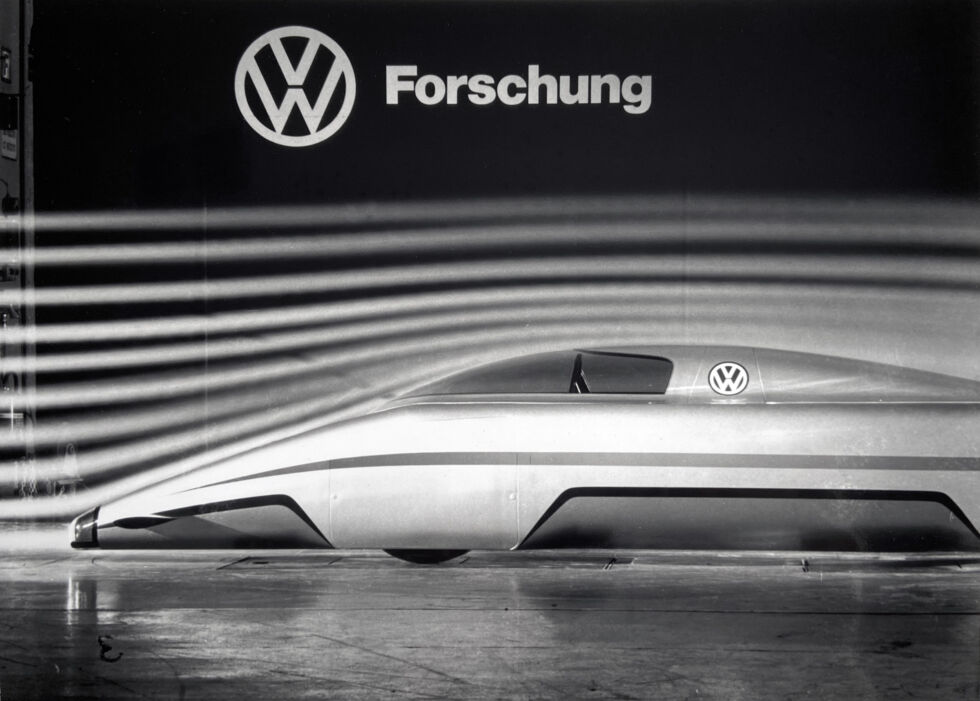-
 chevron_right
chevron_right
General Motors’ new climate policy says EVs-only by 2035—we think
Jonathan M. Gitlin · news.movim.eu / ArsTechnica · Thursday, 28 January, 2021 - 20:25 · 1 minute

Enlarge (credit: Aurich Lawson / Getty Images )
Around the world, governments are starting to discuss, or even schedule, banning the sale of new vehicles powered by internal combustion engines. Here in the United States, as is often the case, we may well have to wait for private industry to move first, thanks to the sclerotic nature of US politics, particularly when it comes to climate change. This week, such a move happened, and it came from an unlikely source.
On Thursday, General Motors Chairwoman and CEO Mary Barra announced a new climate pledge. The nation's largest automaker says it will become carbon neutral across its global operations by 2040, which it will achieve through "science-based targets." GM has also now signed a pledge by businesses to try to keep global warming to 1.5˚C . That's a remarkable change for an automaker that, until very recently, supported the previous administration's plan to make US market cars less fuel efficient.
Making this happen will require GM to transition its vehicle portfolio to battery electric vehicles, as well as other hydrogen fuel cell EVs. In fact, the company says it has "an aspiration to eliminate tailpipe emissions from new light-duty vehicles by 2035."




